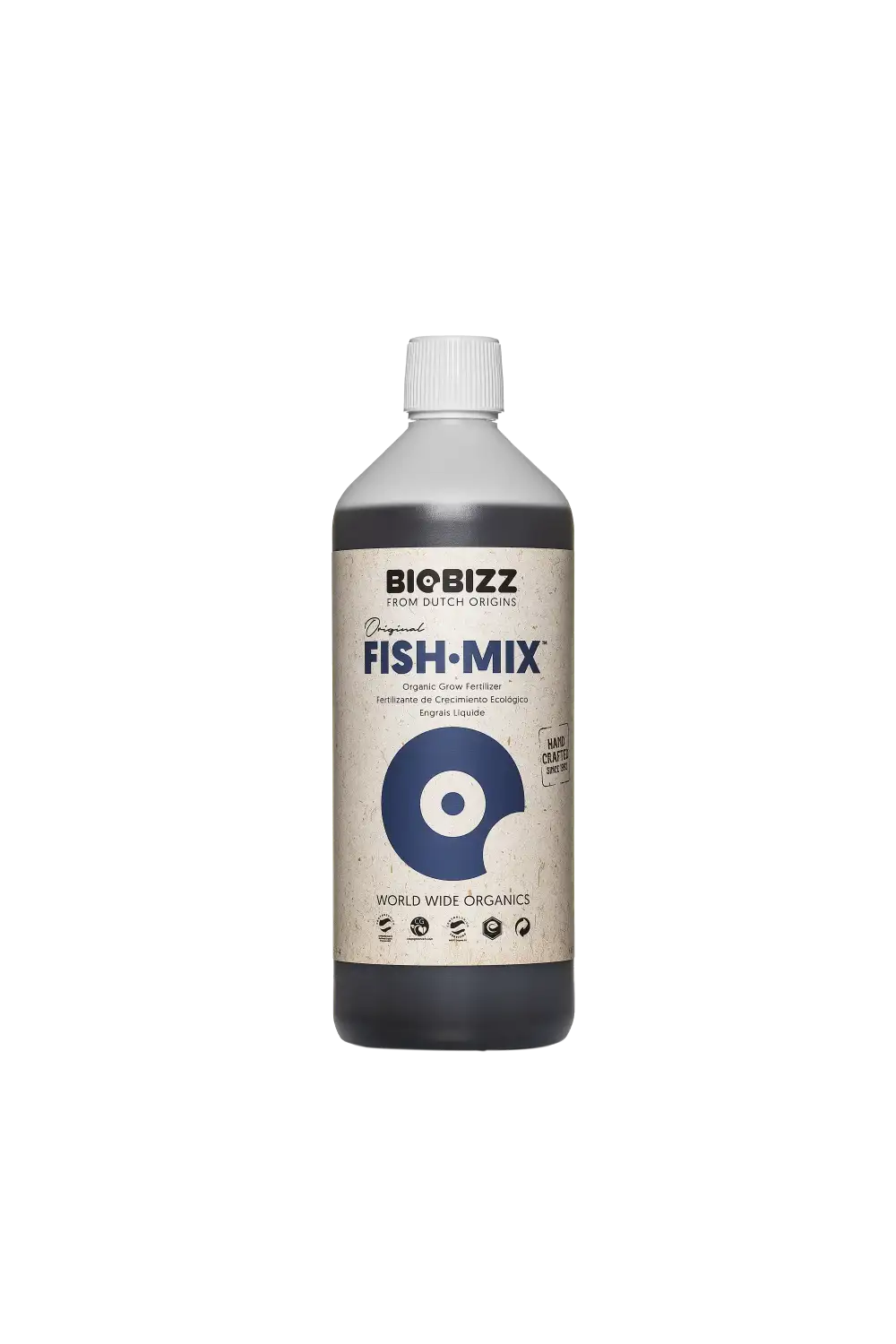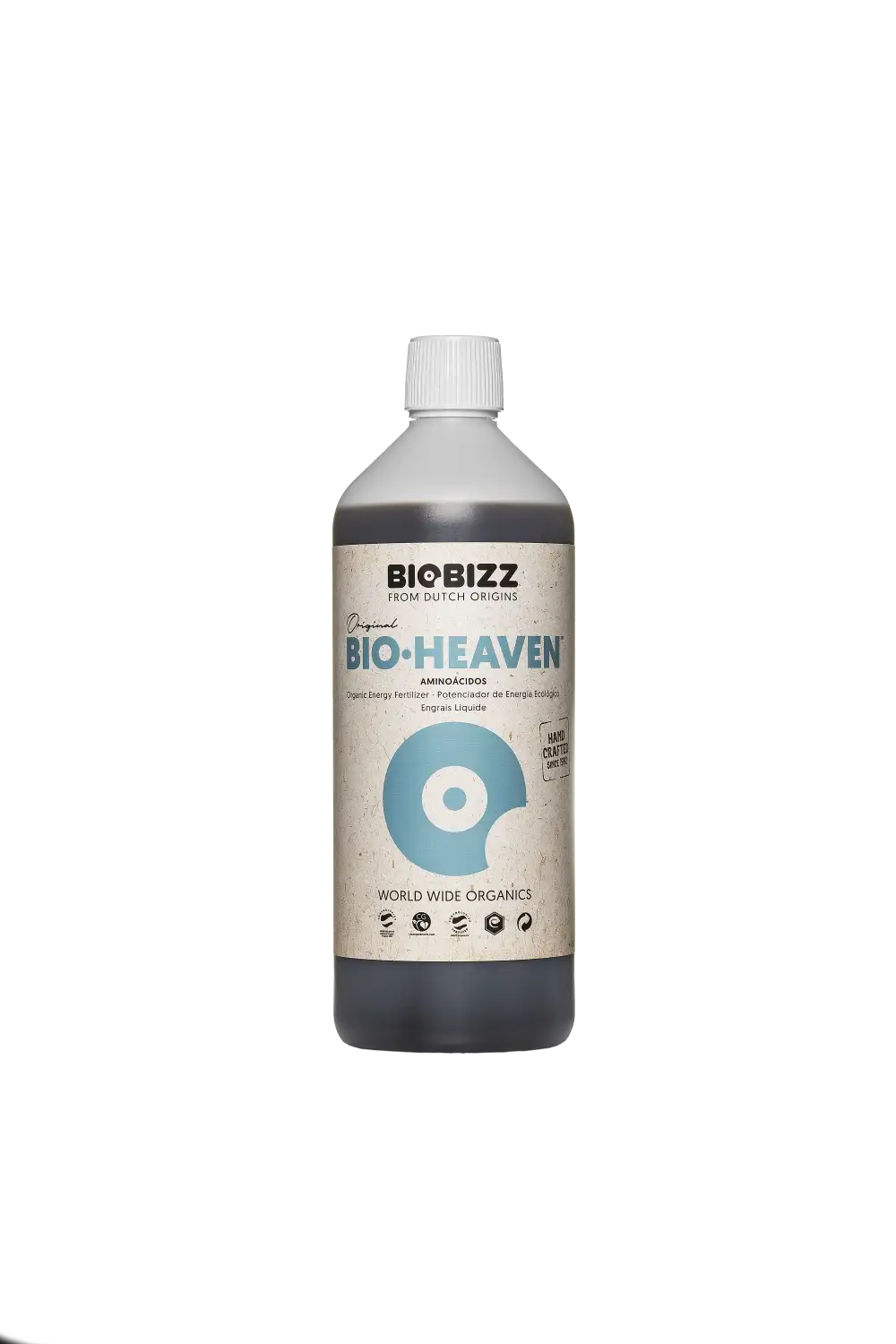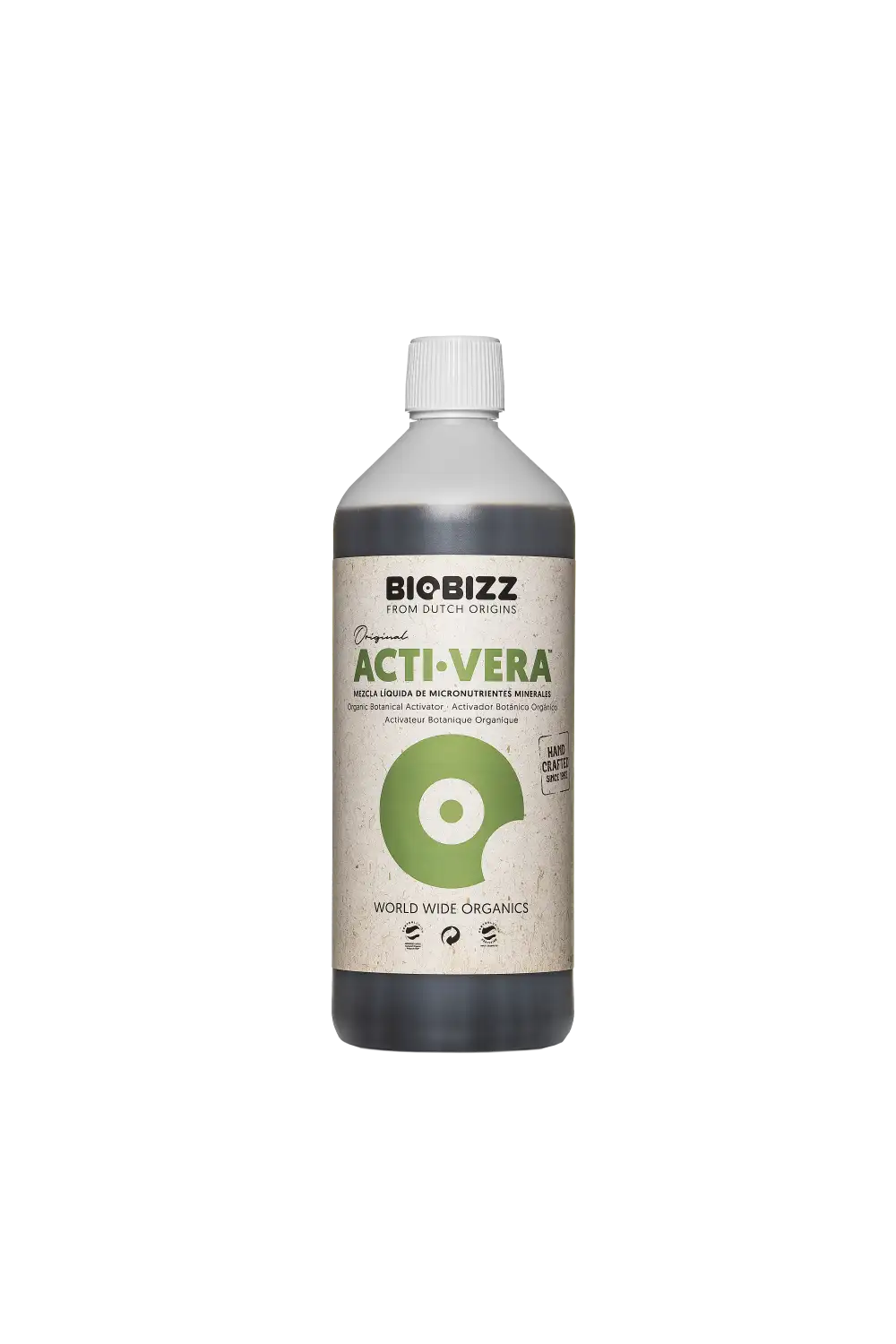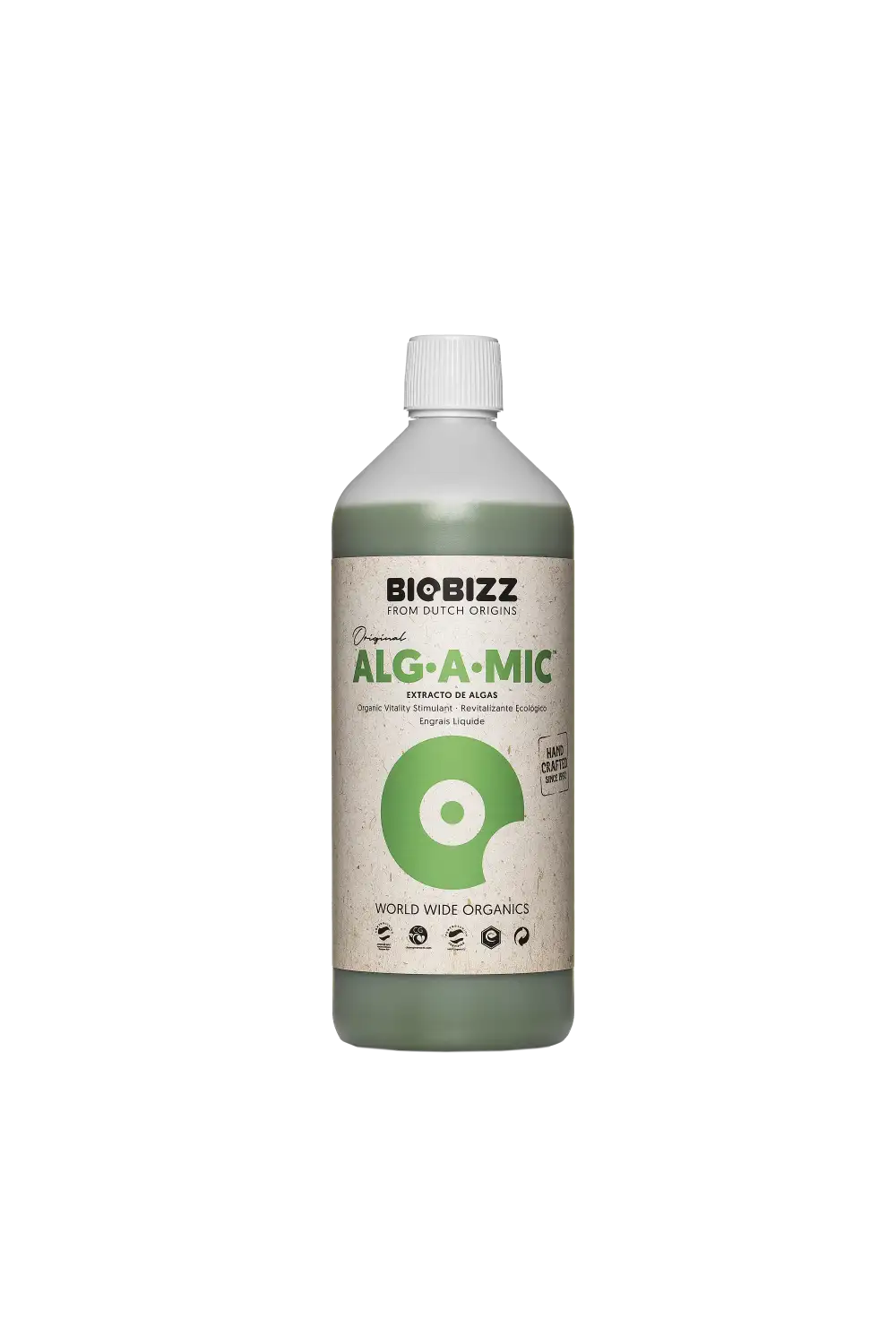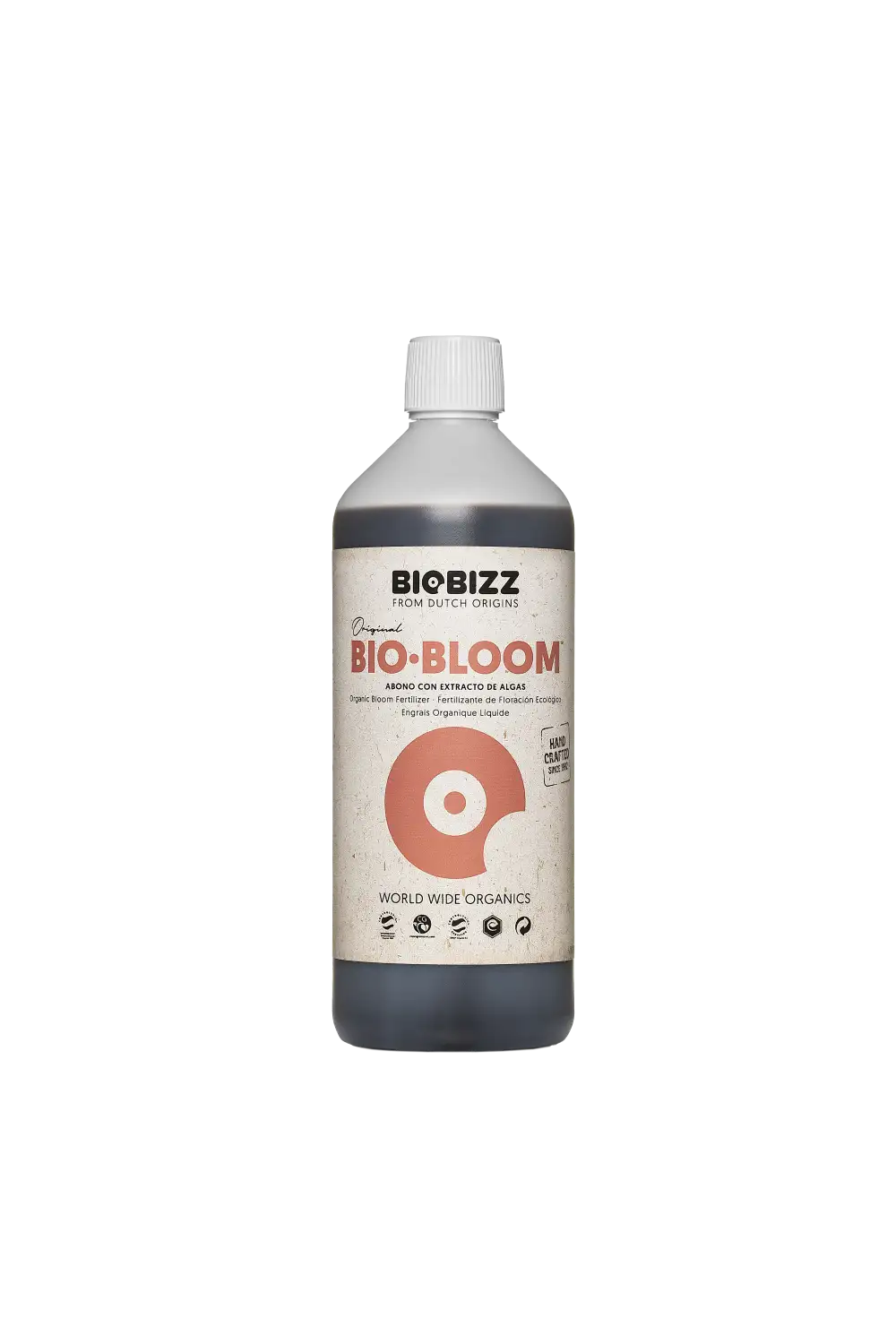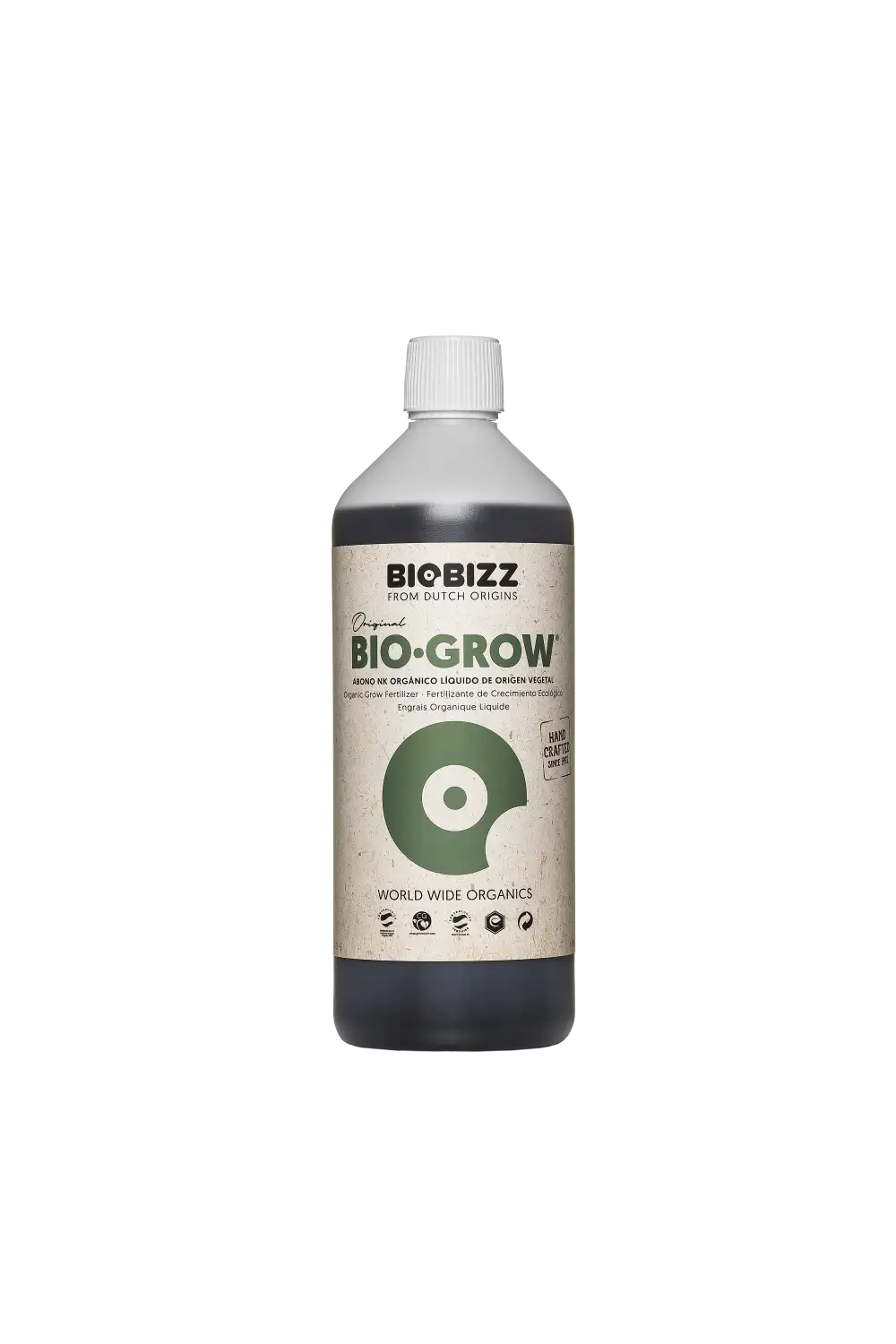The Grow Awards 2026 🏆 




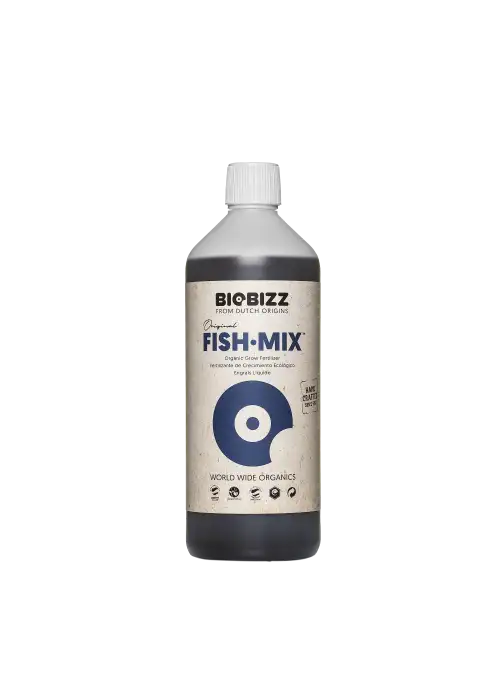
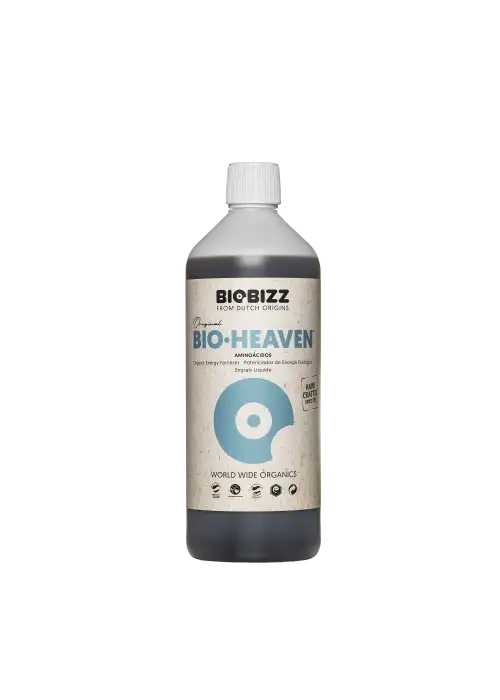






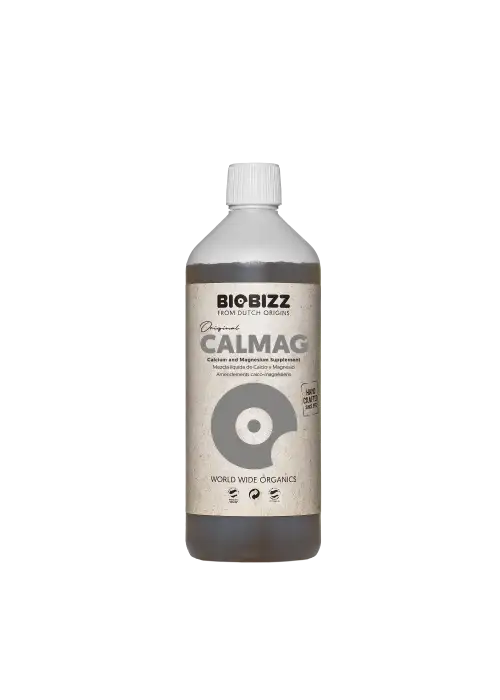


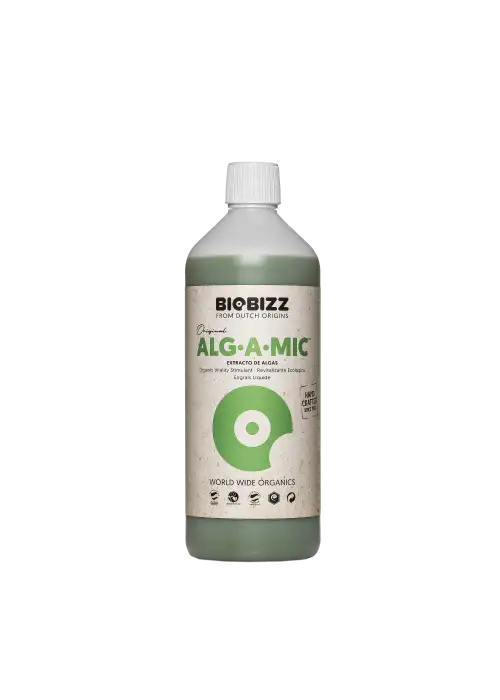


















RQS Cookies Gelato Fem.

VEG
Light Emitting Diodes/100W
Custom

FLO
sanlight evo 1.5 200 Light Emitting Diodes/200W
Custom

Tent
2x2 Noname
Custom
Soil
Custom
Indoor
Room Type
Topping
weeks 3
LST
weeks 3-4
15 liters
Pot Size
1.75 liters
Watering
Start at Harvest
G
Germination1y ago
BusyBeeFarmer Lets Go! We are Legal now so i start my jouney! Glas of water 6.0 Ph. 😁
2 likes
comments
Share
Used method
Glass Of Water
Germination Method
1
Week 1. Vegetation1y ago
6 cm
Height
18 hrs
Light Schedule
28 °C
Day Air Temp
6.2
pH
No Smell
Smell
80 %
Air Humidity
16 °C
Solution Temp
0 °C
Substrate Temp
0 °C
Night Air Temp
0.3 liters
Pot Size
0.07 liters
Watering Volume
100 cm
Lamp Distance
BusyBeeFarmer Plant Status:
The plants are looking healthy and have not exhibited significant stretching. I also started a batch of Cereal Milk plants under the same conditions, but they experienced stretching and deformities. Out of three Cereal Milk plants, one survived, while two were culled. The surviving one is occasionally observed.
Germination Issues:
The plants had some difficulty opening their seeds. Out of three, only two managed to sprout. I plan to fill the tent with three plants. The chosen strains were selected due to their similar growth heights and flowering times. The selection process was straightforward as one Cereal Milk plant was deformed, another suffered from damping-off disease, and the third grew crooked. Given that the seeds from the batch were evidently poor in quality, we are focusing on the Cookies Gelato strain.
Equipment and Conditions:
The light I am using was custom-designed by a friend. It is tailored to promote the growth of short, bushy plants with many nodes spaced closely together. The soil is minimally pre-fertilized by the manufacturer, so I do not need to worry about fertilizing for now, only adjusting the pH level.
7 likes
comments
Share
2
Week 2. Vegetation1y ago
8 cm
Height
18 hrs
Light Schedule
26 °C
Day Air Temp
6.2
pH
No Smell
Smell
60 %
Air Humidity
16 °C
Solution Temp
0 °C
Substrate Temp
16 °C
Night Air Temp
7 liters
Pot Size
0.07 liters
Watering Volume
70 cm
Lamp Distance
BusyBeeFarmer Ventilation and Humidity:
Unfortunately, I still don't have a ventilation system, so the humidity is only at 60%. The German weather has been helpful this week, as it has been raining. I've kept the window open, which has been sufficient for now. The plants don't seem to mind the current conditions.
Watering and Transplanting:
I transplanted the plants a bit prematurely and then overwatered them. As a result, I had to let them dry out for a week. Fortunately, there was no mold, which is a relief. It's been years since I've done this, so I've forgotten a few minor details. Nevertheless, the plants survived.
Nutrients and pH Levels:
Still no fertilizer, just pH-adjusted water. The plants are doing well under these conditions.
7 likes
comments
Share
3
Week 3. Vegetation1y ago
15 cm
Height
18 hrs
Light Schedule
-3 °C
Day Air Temp
6.2
pH
No Smell
Smell
80 %
Air Humidity
-9 °C
Solution Temp
-9 °C
Night Air Temp
7 liters
Pot Size
0.3 liters
Watering Volume
40 cm
Lamp Distance
Nutrients 5

Fish-Mix
2 mll

Bio-Heaven
2 mll

Acti-Vera
2 mll
BusyBeeFarmer Setup and Material Challenges:
I finally received the necessary setup, although getting grow materials in Germany has been quite a challenge. We’re skipping from early Week 2 to the end of Week 3.
Plant Progress and Techniques:
The plants were topped on Day 16 after planting. They are thriving, with vigorous growth. Unfortunately, the Cereal Milk plant has started growing crooked. In my low-stress training (LST) approach, I focus on stressing only the stem bases to encourage stronger growth and achieve a uniform canopy. The plants did not show significant reactions to topping and continued to grow steadily.
Stress Management:
I administered Alg-A-Mic from BioBizz half a day before topping to mitigate stress, and it seems to have worked well. It’s reputed as a miracle cure by BioBizz and appears to live up to the claim. The smell is similar to my pond water, making me wonder if that could serve as an alternative.
Nutrient and Water Management:
Given that our tap water is low in minerals, I’ve been supplementing with Cal-Mag. I also need to wait and adjust the water pH twice, half an hour apart, to break down the buffer in the water and achieve a stable pH level. A small teaser for future entries: this method still won’t be sufficient when using citric acid.
Light Stress and Growth:
I am now working with nearly 400 PPFD. The plants are showing slight signs of light stress, but it’s nothing critical at this stage. Interestingly, the light stress is leading to bushier growth, which is advantageous for me as I aim to produce an even canopy.
Plant Differences:
Plant #1 is growing bushier, while Plant #2 has better spacing between the leaves. There isn’t much difference in overall growth between the two.
6 likes
comments
Share
Used techniques
Topping
Technique
LST
Technique
4
Week 4. Vegetation1y ago
23 cm
Height
18 hrs
Light Schedule
27 °C
Day Air Temp
6.2
pH
No Smell
Smell
80 %
Air Humidity
16 °C
Solution Temp
16 °C
Night Air Temp
15 liters
Pot Size
0.6 liters
Watering Volume
40 cm
Lamp Distance
Nutrients 6

Fish-Mix
1 mll

Bio-Heaven
2 mll

Acti-Vera
2 mll
BusyBeeFarmer Overall Progress:
Everything is going according to plan.
Nutrient Management:
There was a slight issue with nitrogen levels being too high. A couple of leaves were lying on moist soil and showed slight damage, so I removed them as a precaution. The plants exhibited minor signs of nitrogen over-fertilization, with the lowest leaves turning too dark.
Adjustments Made:
I halved the nitrogen amount, which seems to have resolved the issue. The plants are responding well to the adjustment, and there are no further problems. The leaf color is normalizing.
Transplanting:
I transplanted the plants into their final pots—15-liter fabric pots, which I am using for the first time. The rooting process has been very successful. It was high time for transplanting. The excess nutrients appeared to slow growth for about two days, but after reducing the nutrient levels, growth resumed quickly.
Plant Response:
The plants seem to be enjoying the new setup, and I am satisfied with their progress.
8 likes
comments
Share
Used techniques
LST
Technique
5
Week 5. Flowering1y ago
52 cm
Height
12 hrs
Light Schedule
20 °C
Day Air Temp
6.2
pH
Weak
Smell
70 %
Air Humidity
18 °C
Solution Temp
22 °C
Night Air Temp
15 liters
Pot Size
1 liters
Watering Volume
40 cm
Lamp Distance
Nutrients 7

Acti-Vera
2 mll

Microbes
0.4 mll

Calmag
0.3 mll
BusyBeeFarmer Lighting and Growth Transition:
I switched the bloom light to a 12/12 rhythm, transitioning to a night schedule through an extended day cycle. The next day, I increased the light intensity to 70% (140W) from the previous 40% (80W). This week has gone well, and the plants have started to stretch significantly, doubling in size. Despite the topping, tying down, and light manipulation to keep them compact with many nodes, the plants are now showing rapid elongation with short internodal spacing.
Early Flowering Signs:
On Day 5 of the flowering stage, I noticed the first small buds, and by Day 6, the first calyx with pistils appeared. As flowering began, I removed the LST wires, allowing the plants to grow almost straight up with 5-6 main stems each (one stem broke during training on Plant #2, while Plant #1 has 6 main tops).
Humidity Concerns:
The humidity in Germany is high, and I would prefer it to be below 70%, but it has been raining continuously. The canopy is developing nicely and evenly. I am concerned that my decision to lollipop in Week 2, combined with high humidity and a full tent, might lead to mold. However, this week looks good so far. I am vigilant about checking for water accumulation between leaves.
Nutrient Management and Issues:
An unexpected issue arose: yellow tips on the leaves of #2. Biobizz Acti Vera contains a high iron content, but the deficiency is evident. Since the plants were watered the day before, I suspect the problem lies there. As it has only affected one plant, I am not overly worried and will increase the iron content in the next feeding while reducing phosphorus and potassium as planned. I will skip Cal-Mag since these elements compete with iron, which must be sufficiently present.
Nutrient Strategy:
I suspect that the phosphorus boost I previously gave disrupted the soil dynamics (this is a new technique recommended by an experienced grower, though I am unsure if it applies to mineral or organic fertilizers). There are two options and one solution: wait and adjust the nutrient balance. Since I use minimal fertilizer but add it at every watering to maintain bacterial and fungal populations, I will avoid flushing and aim to provide fewer nutrients. BioBizz Grow has been reintroduced.
Watering Schedule:
The plants need watering every 2 to 3 days, so any changes in nutrient levels won't be noticeable within the week.
6 likes
comments
Share
6
Week 6. Flowering1y ago
52 cm
Height
12 hrs
Light Schedule
22 °C
Day Air Temp
6.2
pH
Weak
Smell
70 %
Air Humidity
18 °C
Solution Temp
22 °C
Night Air Temp
15 liters
Pot Size
1 liters
Watering Volume
40 cm
Lamp Distance
Nutrients 7

Acti-Vera
3 mll

Microbes
0.4 mll

Alg-A-Mic
3 mll
BusyBeeFarmer Iron Deficiency and pH Issues:
Cookie #1 is also showing signs of iron deficiency, even more pronounced than Cookie #2. I've managed to keep it under control, but it can't be solely due to the phosphorus shock. Upon measuring the runoff this week, I was alarmed to find a pH of 7.4, despite feeding the plants with water at a pH of 6.2. I let the water sit to stabilize the pH, adjusting it as necessary over a couple of hours.
Investigation and Solution:
After some research, I discovered that the living soil I'm cultivating efficiently breaks down vitamin C from citric acid, which is responsible for the acidifying effect (ascorbic acid). Initially, this wasn't an issue, but the highly buffered water in our city eventually overcame the soil's buffering capacity.
I visited my trusted grow shop and bought hydrochloric acid (Hesi Growth). I remember using this before with great success in my area. In a test, a bucket of water adjusted with hydrochloric acid only increased by 0.2 pH, while citric acid increased by 1.5 pH. After switching to hydrochloric acid, the plants showed improvement in leaf structure after the first watering. I should have thought of measuring the runoff earlier—a rookie mistake.
Plant Growth:
Despite these issues, overall growth hasn't really stopped. The plants are growing an average of 2 to 3 cm per day. Cookie #2 is pulling ahead in terms of development.
Observations:
The plants are responding well to the changes, with visible improvements in leaf structure.
Growth remains robust, with no significant interruptions despite the earlier nutrient and pH issues.
Cereal Milk Observation:
The Cereal Milk plant that started at the same time is showing significant deformities. Multiple leaves are growing from a single point, overlapping others. This is the second major issue, and I am considering removing it to give the Cookies plants more space. Mutations usually don't bode well for harvest quality. However, the aroma profile of Cereal Milk is intriguing, with its early notes starting to stand out. This makes me hesitant to remove it, as I haven't had particularly bad experiences with deformed plants in the past.
6 likes
comments
Share
7
Week 7. Flowering1y ago
80 cm
Height
12 hrs
Light Schedule
26 °C
Day Air Temp
6.2
pH
Weak
Smell
70 %
Air Humidity
18 °C
Solution Temp
24 °C
Night Air Temp
15 liters
Pot Size
1 liters
Watering Volume
40 cm
Lamp Distance
Nutrients 8

Acti-Vera
3 mll

Microbes
0.4 mll

Alg-A-Mic
3 mll
BusyBeeFarmer pH Adjustment and Nutrient Management:
Long-Term Concerns: Aware of potential salt build-up with prolonged hydrochloric acid use. Planning to acquire an EC meter and switch to phosphoric acid for the bloom phase.
Lollipopping and Light Adjustments:
Lollipopping Procedure: Performed lollipopping one hour after the lights were turned on. Removed half of the plant’s lower and middle leaves but left the shoots intact.
Light Intensity: Increased lux in the soil area from 5 to 100 lux. After this process, the plants were watered, and they grew by 3 cm the following day.
Observations: Plants are recovering well from pH fluctuations, but yellow spots remain. Due to high humidity, foliar feeding is avoided.
Additional Notes on Defoliation:
Leaf Removal Strategy: Typically, 1/3 to 2/3 of the plant is defoliated. However, I prefer to remove less, aiming for around one-third to allow more light to reach the soil.
Humidity Concerns: Due to high humidity, additional 1/2 leaves were removed along with buds from the first node where leaves were left. The plants now appear quite bare outside the grow cabinet.
Do somebody has a advice on whether to completely remove the stems or leave some parts intact?
Plant Growth and Health:
Yellow Spots: Despite the yellow spots remaining on some leaves, the overall health of the plants is good, and they continue to grow.
Humidity Management: High humidity is a concern, which could lead to mold. Regular monitoring and lollipopping are essential to manage this risk.
Lighting Adjustment:
Increased Light Intensity: Increased the light to 100% to induce light stress and stimulate early resin production. This adjustment is aimed at enhancing the quality and potency of the buds by promoting trichome development.
I adjusted phosphorus levels since i didnt halved it after schocking the plant in week 1. Dont ask me why.
Overall Status:
The plants are showing good recovery and growth despite previous pH and nutrient challenges. Growth rates are promising, and the plants are stabilizing with the current adjustments. The increased light intensity should help in boosting resin production, contributing to a better quality harvest.
End of Week 7 Update
Bud Development and Resin Production:
The buds are growing rapidly and starting to swell. The resin production has significantly increased, especially after raising the light intensity to 100% to induce light stress.
Plant Observations:
Cookie #1: It appears that the tips of the sugar leaves are drying out. Despite the conditions seemingly being okay, this issue has arisen and will be monitored closely.
Cereal Milk: At the end of the week, I applied Cal-Mag as the Cereal Milk plant started showing signs of calcium and magnesium deficiency.
Overall, the plants are progressing well with noticeable bud development and resin production. Addressing the minor deficiencies should keep them on track for a successful harvest.
8 likes
3 comments
Share
8
Week 8. Flowering1y ago
95 cm
Height
12 hrs
Light Schedule
26 °C
Day Air Temp
6.2
pH
Normal
Smell
60 %
Air Humidity
18 °C
Solution Temp
22 °C
Night Air Temp
15 liters
Pot Size
1.5 liters
Watering Volume
30 cm
Lamp Distance
Nutrients 7

Acti-Vera
4 mll

Microbes
0.4 mll

Alg-A-Mic
3 mll
BusyBeeFarmer Lighting and Bud Health:
The new Sanlight lamp is proving to be effective, but the buds on #2 have started to bleach. I reduced the lamp’s power back to 80% and positioned it at an angle above the filter. The plants are now receiving between 25,000 and 30,000 lux, measured with my phone. The bleaching is not too visible in photos because the hairs on the calyxes are still white, but it was too much light for them. This should no longer be an issue, though the height of the plants is becoming a concern as they have reached their maximum height.
Space and Setup Adjustments:
I finally received my additional lamp, allowing me to move the Cereal Milk plant to a different room. Now, only two Cookies plants are under 160W. Both plants look very healthy. Cookie #1 did not stretch as much as #2 and the Cereal Milk, so I elevated it slightly to achieve a uniform canopy.
Environmental Conditions:
Temperatures in Germany have increased, and since I have an open living space with the plants in the living room, they are affected by the outdoor weather as I keep the windows open. Thankfully, the humidity is now between 50% and 60%, which is acceptable given the temperatures.
Relocation Plans:
To better control the environment, I am planning to move the setup to the basement. I have a 9 square meter room with a window where I can set up. This will allow me to use my climate control unit effectively. The plants are currently doing well under the existing plan, but the past iron deficiency and slightly burnt leaf tips from when the lamp was at 100% are still visible.
Future Setup:
In the basement, I will set up the lamp in an 80x80 cm tent for the Sanlight. For the two 60x60 cm tents, I will use the Mars Hydro FC 1500-EVO, which is perfect for one plant per tent. With five weeks of vegetative growth and considering the amount of leaf trimming and stretch during flowering, I believe each plant could easily fill its tent.
Overall Status:
The plants are thriving under the current conditions and adjustments. They look healthy, and the relocation to the basement should provide a more stable environment for continued growth and optimal flowering.
Midweek Update
Plant Status:
As the 4th week of bloom ends, the plants have stopped stretching, which is a relief. Thanks to the new lamp, I was able to remove the Cereal Milk plant, giving the two Cookies Gelato plants plenty of space. I gently pushed the stems outward, and the plants have responded positively.
Observations:
Unfortunately, upon closer inspection of the rear tip of #1, I noticed that it is deformed, as shown in the picture. We are already in the 4th week of bloom, and I can't utilize the space differently, so this plant will remain.
Purple Coloring:
I’m no longer concerned about the purple coloring. To maintain balance in the soil, I will aim to produce a 20% runoff when watering to flush out old nutrients.
Light Bleaching:
The bleaching on #2 seems to be only slightly affecting the tips and is not spreading to new growth. Therefore, I believe I do not need to reduce the light settings further.
Overall Health:
Despite these issues, the plants are generally healthy and have adapted well to the increased space. I am optimistic about their continued development.
End of Week:
I researched the phenotypes and found out there's a purple phenotype that grows smaller. That gives me peace of mind. I removed a few leaves from the mutated bud, and you could see water forming on them. The smell is currently lemony. The buds have continued to swell, and the resin production is joyfully increasing. They sparkle more each day when I open the tent.
13 likes
5 comments
Share
Grow Questions
BusyBeeFarmerstarted grow question 1y ago
Hey everyone, what do you think—do my plants have a phosphorus deficiency?
Two buds are turning a bit purple, and the lower leaves are easy to remove even though they are still green.
Photos are in my Grow diary.
Solved
likes
BerrySweetHighanswered grow question 1y ago
Hello BussyBeeFarmer,
You got a nutrient lockout from nutrient salts builded up inside your soil. You give more then enough nutrients and everything the plant needs is there. But you need to water till 20% runoff to prevent nutrient salts building up and I would recommend to cut down your nutrients to 75% from whst you are giving now.
This should solve your problems and deficiencies buddy.
Happy Growing! 💚
BusyBeeFarmerstarted grow question 1y ago
Should I keep this deformed bud or cut it off? The humidity is high, and the sugar leaves are layered on top of each other. I'm a bit worried about potential mold. Any advice would be appreciated!
Solved
Buds. Other
Other. Mold
likes
modmyplantsanswered grow question 1y ago
Hey mate,
I wouldnt cut the bud. Its stress for the plant and you lose that bud. Just cut a few leaves so the area is more airy.
Happy Growing!
9
Week 9. Flowering1y ago
100 cm
Height
12 hrs
Light Schedule
28 °C
Day Air Temp
6.1
pH
Normal
Smell
65 %
Air Humidity
18 °C
Solution Temp
22 °C
Night Air Temp
15 liters
Pot Size
1.5 liters
Watering Volume
20 cm
Lamp Distance
Nutrients 8

Acti-Vera
5 mll

Microbes
0.4 mll

Alg-A-Mic
4 mll
BusyBeeFarmer Potassium Deficiency:
This week, the plants clearly displayed signs of potassium deficiency. I noticed slightly deformed leaves in the middle of the plant, yellowing at the bottom, and burnt tips at the top. Upon reviewing my nutrient regimen, I realized I had misunderstood the composition. The grow fertilizer is primarily potassium, Fish Mix provides nitrogen, and in the bloom phase, nitrogen comes from the bloom fertilizer, not from the grow fertelizer. Additionally, phosphorus is in the bloom formula, and Top Max is merely a bloom stimulant without much of the three main nutrients. 😪
Adjustment Made:
Due to my conservative use of "nitrogen," I inadvertently caused a potassium deficiency since there was always enough nitrogen available. I identified this issue at the beginning of the week and increased the potassium dosage accordingly. This was especially important as the plants began to reactivate old lower leaves that are now receiving light after the Cereal Milk plant was removed to its own grow diary. 👻
Bloom Development:
The plants also surprised me by pushing buds more aggressively than I expected at the start of week 5 of bloom😈. I initially thought they wouldn't be this far along by the start of Week 5, but BioHeaven seems to be doing its job well. Thankfully, the deficiency symptoms have not worsened in the past three days.😅
Humidity and Watering:
Unfortunately, I extended the watering schedule by one day, thinking it would be beneficial to leave the plants in high humidity (70% due to rain in Germany) for an extra day to reduce the risk of mold. As a result, #1 developed burnt edges on the leaves in the upper canopy. Despite this, the buds look healthy, and I am satisfied with the progress this week. 🙌
13 likes
4 comments
Share
10
Week 10. Flowering1y ago
100 cm
Height
12 hrs
Light Schedule
28 °C
Day Air Temp
6.1
pH
Strong
Smell
1100 PPM
TDS
60 %
Air Humidity
24 °C
Solution Temp
22 °C
Night Air Temp
15 liters
Pot Size
1.5 liters
Watering Volume
20 cm
Lamp Distance
480 PPM
CO₂ Level
Nutrients 8

Acti-Vera
5 mll

Microbes
0.4 mll

Alg-A-Mic
4 mll
BusyBeeFarmer Week 10 Update
Plant #1:
Plant #1 has started showing its first brown trichomes, so I’ve begun flushing her. The plant is still a deep green overall, with only one or two lower leaves showing any signs of fading. I want to avoid any "hay" smell in the final product, so I’m taking care with the flush. Interestingly, Plant #1 has developed a lot more purple coloring, even with the high temperatures. I haven’t dropped below 26°C in the past two weeks, and the plants are on styrofoam to buffer the cold from the floor. I'm quite impressed by the purple hues this plant is showing.
Plant #2:
Plant #2 is doing just as well but still has a lot of clear trichomes and no browns yet, so she’ll get another feeding. Unlike Plant #1, #2 has started to show some foxtailing, which I’ll keep an eye on.
Phenotype Differences:
Plant #1 is clearly a much faster phenotype, and I expect it to finish blooming about a week earlier than #2. It has stopped pushing new calyxes, signaling it's nearing the end of its cycle.
Environmental Conditions:
Despite the high humidity, everything is looking good. Over the weekend, I moved the setup to the basement. My ventilation system and odor neutralizer worked well during the move. While carrying the plants, I placed the odor neutralizer in the hallway and set up an exhaust system in the grow room to ensure no smells escape into the basement. So far, everything is functioning well, and I’m satisfied with the setup.
Overall Status:
I’m pleased with how things are progressing. The plants are healthy, and the environment is well-controlled, even with the recent move. Looking forward to seeing how the final weeks play out!
10 likes
5 comments
Share
11
Week 11. Flowering1y ago
100 cm
Height
12 hrs
Light Schedule
28 °C
Day Air Temp
6.1
pH
Strong
Smell
2500 PPM
TDS
60 %
Air Humidity
24 °C
Solution Temp
22 °C
Night Air Temp
15 liters
Pot Size
1.75 liters
Watering Volume
20 cm
Lamp Distance
480 PPM
CO₂ Level
Nutrients 1

Calmag
0.5 mll
BusyBeeFarmer The plants were doing well, but with high humidity and deformed buds, it was clear that this run would be ended by mold. Unfortunately, Plant #1 was the first to get mold. Luckily, it was already quite mature, so the remaining harvest can still be of high quality, though I lost two main colas.
Plant #2 didn’t show clear signs as quickly. When I noticed the first brown spot on a bud, I decided to harvest it. Unfortunately, three buds already had bud rot inside. Overall, I lost about 30% per plant.
Moving to the basement didn’t help much initially; I should have run the dehumidifier for a few days first. Humidity was around 60% at first but has since been lowered to just under 45%. Now that the basement is dry, I don't expect any more mold problems in my next grow.
I knew this run would be rough since I only got my equipment piece by piece. One key learning is how much an EC meter helps understand the plants' needs. The Cookies strain was really easy to grow, and I’m excited to see how it tastes!
10 likes
10 comments
Share
12
Week 12. Harvest1y ago
Happy Harvest Day!

7/10
Rated
The strain felt really easy to grow. The plants didn’t show any major long-term problems. There were some slight over and under-fertilization issues here and there, but the plants always bounced back and returned to good performance.
Aroma and Flavor: However, the aroma and flavor aren't really to my liking. The individual flavors are fine—#1 has a hint of wild berries and a creamy Cookies taste—but there's also a peppery note in the mix that isn’t very pleasant. Plant #2, instead of the wild berry flavor, has a strong pine note that’s almost soapy because of how intense it is.
Effect: The effects of both plants are more on the relaxing, sleepy side. To me, it feels more like a indica, which is different from what RQS describes for the strain. RQS suggests a more balanced hybrid effect, but in my experience, it leaned towards a relaxing, sedative vibe.
Stability and Overall Impression: The strain didn’t seem very stable to me due to the three massively different phenos I encountered. I had to remove a pollen sac, and another plant was deformed. So far, I’m not very impressed with the breeder. I’m curious to see how it goes with the Orange Bud from Dutch Passion. Even though this strain is labeled as unstable by the breeder, it will be a good comparison.
!
Show more
Translate
Spent 79 days
Ger Veg Flo Har
62.5 g
Bud wet weight per plant
62.5 g
Bud dry weight per plant
2
Plants
0.36 m²
Grow Room size
Easy
Difficulty

Relaxed, Sleepy, Talkative
Positive effects

Stress
Medical effects

Pine, Berries, Cream
Taste
Height
Day air temperature
Air humidity
PPM
PH
CO2
Light schedule
Solution temperature
Night air temperature
Substrate temperature
Pot size
Lamp distance
BusyBeeFarmer I’m definitely a bit early with the harvest when looking at the trichomes, but about 85% were cloudy, 5% amber, and 10% clear. I think that’s okay. The yield was 58g for Plant #1 and 67g for Plant #2. I believe that if the plants hadn’t been affected by mold, they could have reached around 90 to 100g per plant.
Overall, this was a good test run. I’m excited to see how the next plants turn out, especially after everything I’ve learned this time around.
dein-onlineheadshop.de/
Use my referral code 420Shop at checkout to get a discount on your purchase. By using this code, you also support me, as I receive a small reward for each use. Thank you for your support!
30 likes
3 comments
Share
Equipment Reviews

the end.
Enjoying this diary? Follow for more updates!
Prefer the old Diary view?
Go back to the old Diary view





































































































